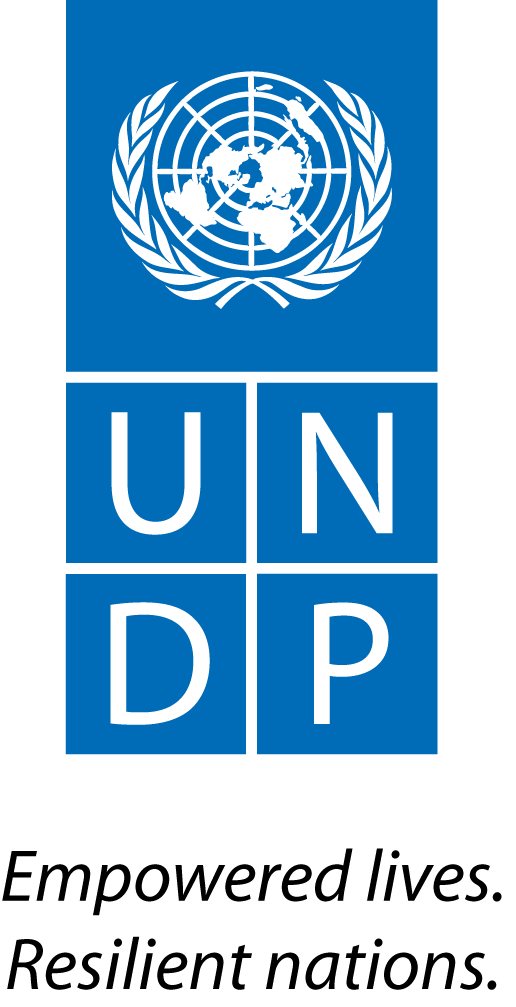http://www.chinadaily.com.cn/cndy/2011-08/04/content_13045933.htm
BEIJING - China is likely to soon begin a campaign to limit the absolute amount of greenhouse gases that can be emitted by certain industries in certain regions, a senior climate official told a forum on Wednesday.
Sun Zhen, an official from the National Development and Reform Commission, said the campaign will be a step beyond the country's current goal of curbing its carbon intensity, or the amount of carbon it releases for each unit of its GDP. He also said the policy will lay the foundation for carbon-trading programs.
"Throughout the country, we have adopted a plan for reducing releases of carbon: to substantially cut our carbon emissions for each unit of economic output," Sun told China Daily at a symposium on climate change in Beijing on Wednesday.
"But when it comes to actually reducing the emissions of certain business, that calls for limiting the absolute quantity of emissions."
Sun's statement came as one of the earliest indicators that China is looking at limiting the total amount of greenhouse gases that can be released by certain industries in certain part of the country, not just the amount for each unit of its GDP.
By 2020, China plans to reduce the amount of carbon it emits for each unit of its GDP by 40 to 45 percent below its 2005 level.
The National Development and Reform Commission, which deals with issues pertaining to climate change, has said it plans to introduce regional cap-and-trade programs to control carbon emissions by 2013.
"Setting limits on the absolute amounts of carbon that can be emitted will make it possible to carry out trades of emission credits," Sun said, without providing a schedule for the plan.
Iron and steel companies, cement plants and other businesses that use a lot of energy are likely to be subject to the program. Wealthy regions, such as the Yangtze River Delta and Pearl River Delta, are also places where carbon caps may be adopted, he said.
For the purpose of trading rights to emit carbon - which is what would take place under a cap-and-trade system - a monitoring and statistics system will be established. It will allow "each ton of carbon dioxide emitted by companies in the program to be numbered (for verification)", Sun said.
The proposal to limit emissions of greenhouse gases falls in line with the country's policy to curb its use of energy, said Zhang Jianyu, China program manager of the US-based Environmental Defense Fund.
The National Energy Administration is forming plans to limit the use of energy in certain wealthy provinces in an attempt at putting a brake on heedless development, Zhang said.
But some experts expressed doubts over whether the plan is feasible, especially at a time when several provinces are struggling to meet an increasing demand for energy.
For instance, South China's Guangxi Zhuang autonomous region is experiencing its worst electricity shortage in 20 years, finding that it needs the capacity to produce 4 gigawatts more than it can now.
Yang Fuqiang, a senior consultant on climate change and energy at the US-based Natural Resources and Defense Council, said China will continue to use more and more energy in coming years. And with 70 percent of its primary energy coming from coal, the country is unlikely to limit carbon emissions even in the wealthiest parts of the country.
Also increasing the demand for energy are various industrial projects that were built using money from the 4-trillion-yuan ($621 billion) stimulus package passed in 2008, in the midst of the world financial troubles, and that are now going into operation, Yang said.






